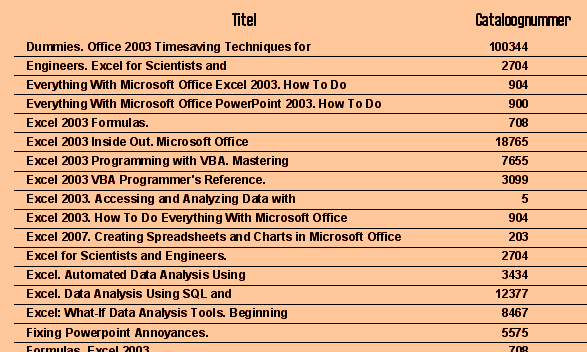 | ||
KWIC is an acronym for Key Word In Context, the most common format for concordance lines. The term KWIC was first coined by Hans Peter Luhn. The system was based on a concept called keyword in titles which was first proposed for Manchester libraries in 1864 by Andrea Crestadoro.
A KWIC index is formed by sorting and aligning the words within an article title to allow each word (except the stop words) in titles to be searchable alphabetically in the index. It was a useful indexing method for technical manuals before computerized full text search became common.
For example, a search query including all of the words in the title statement of this article ("KWIC is an acronym for Key Word In Context, the most common format for concordance lines") and the Wikipedia slogan in English ("the free encyclopedia"), searched against this very webpages, might yield a KWIC index as follows. A KWIC index usually uses a wide layout to allow the display of maximum 'in context' information (not shown in the following example).
A KWIC index is a special case of a permuted index. This term refers to the fact that it indexes all cyclic permutations of the headings. Books composed of many short sections with their own descriptive headings, most notably collections of manual pages, often ended with a permuted index section, allowing the reader to easily find a section by any word from its heading. This practice, also known as KWOC (“Key Word Out of Context”), is no longer common.
